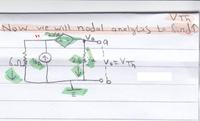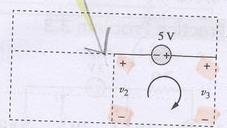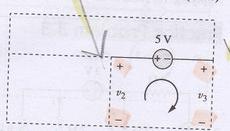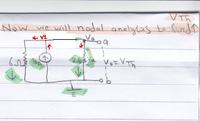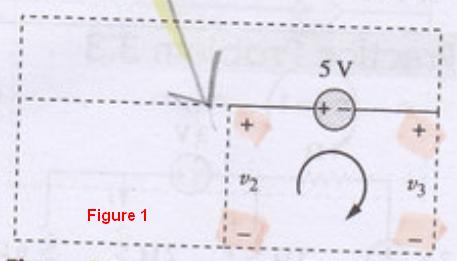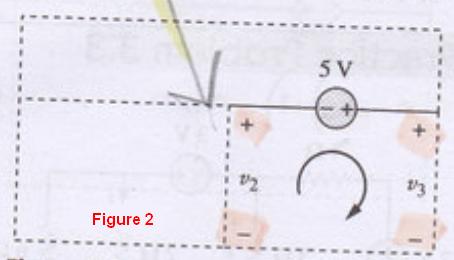PG1995
Full Member level 5
Hi :smile:
Please have a look on the following link:
https://img163.imageshack.us/img163/4862/img0006rw.jpg
We want to find Vth for the given circuit using nodal analysis. We need to create a supernode. I have drawn the directions the currents. How do I proceed? Please help me out. Thank you
Cheers
PG
Please have a look on the following link:
https://img163.imageshack.us/img163/4862/img0006rw.jpg
We want to find Vth for the given circuit using nodal analysis. We need to create a supernode. I have drawn the directions the currents. How do I proceed? Please help me out. Thank you
Cheers
PG
